Let me know if I have miss-identified any of these!
1.
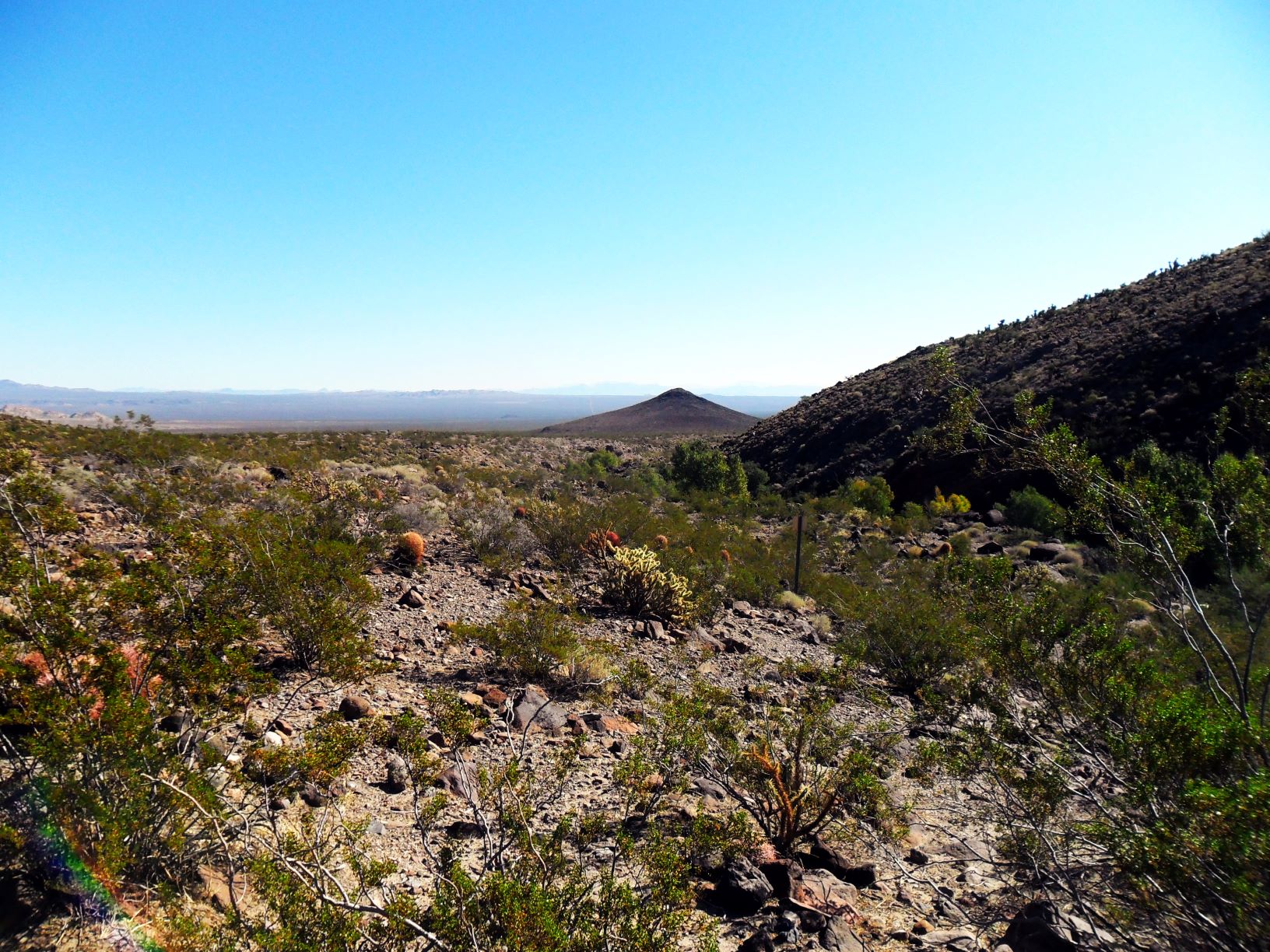
- Classic .jpg (481.41 KiB) Viewed 1029 times
This is a classic view of the Mojave Desert with many of the major plants in it. The cinder cone in the background is Jedediah Smith Butte (sometimes called Lookout Mountain). The picture is looking mostly north east at the Butte.
2.
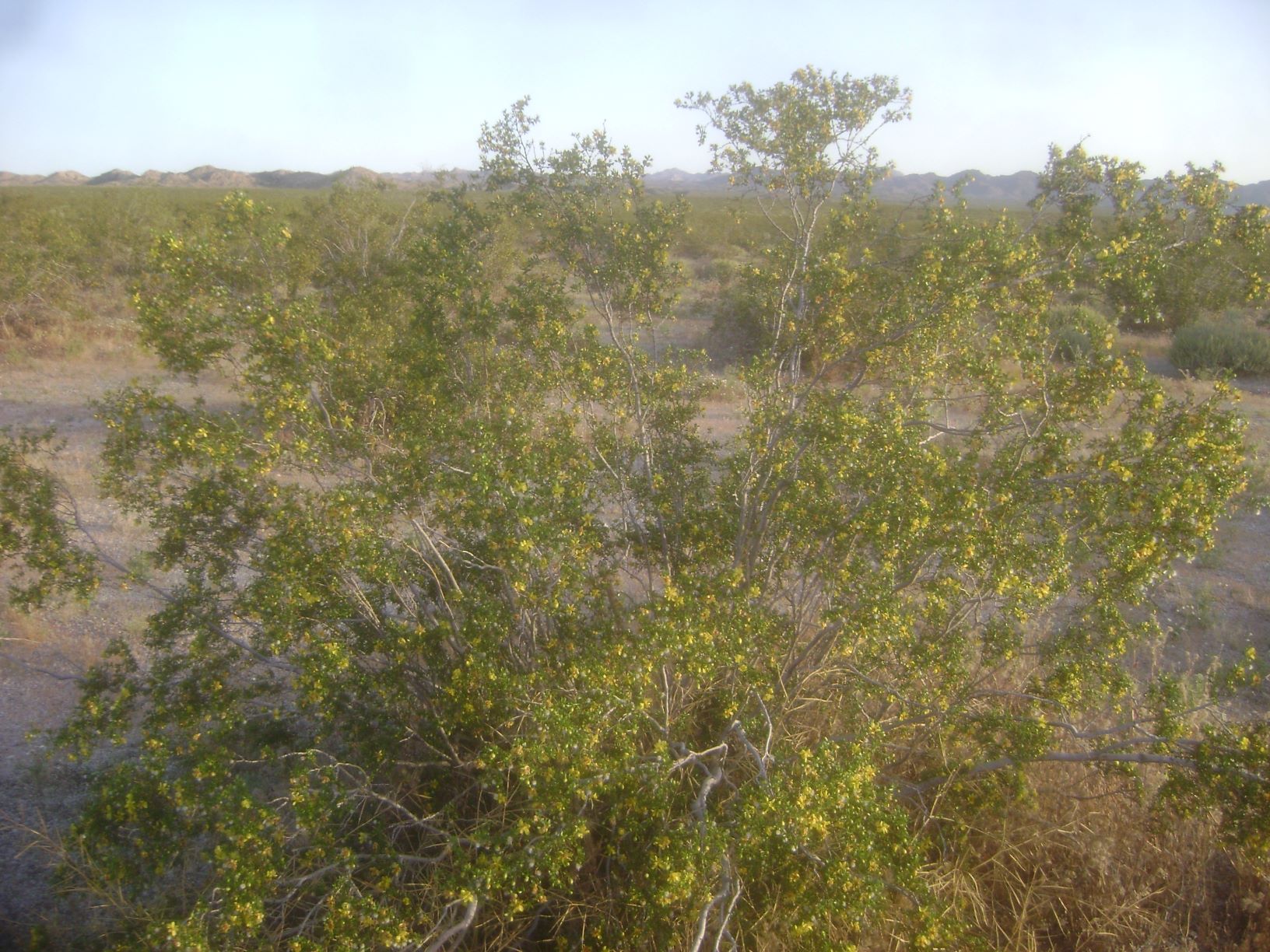
- Creosote Bush in Bloom.JPG (389.7 KiB) Viewed 1029 times
This Creosote bush is in full bloom.
The Creosote bush defines the Mojave desert. As you travel north the last Creosote bush marks the end of the Mojave desert for biologists. Much like a tree line, it look a definitive line from a distance but up close there are a few bushes that cross the line.
It is not the desert, until I can smell the creosote bush.
King Clone
1. Along Bessemer Mine road – circles of Creosote Bush
2. Thought to be the oldest Creosote bush ring in the Mojave Desert,
3. Estimated to be 11,700 years old
4. Considered the possible oldest living organism on Earth – maybe 3rd oldest
5. These circles grew from a single bush – as the brush grew outward the center part died
6. identified & documented by Frank Vasek, a professor at the University of California, Riverside
7. Early Americans used leaves & oils for medicinal purposes
8. And they make a hot fire
Oldest Tree
• The world's oldest clonal tree is a Norway Spruce tree to be found on the Fulu Mountain in Dalarna, Sweden. The tree is 9550 years old, taking root at the end of the last ice age.[1]
• The record holders for an individual non-clonal tree are Great Basin Bristlecone Pine trees from California and Nevada
• The title of "World's Oldest Tree" can be a contentious one, as there are numerous examples of long-living clonal colonies of trees around the world.
o A colony of 47,000 quaking aspen trees (nicknamed "Pando") covering 106 acres in Fishlake National Forest, United States is considered one of the oldest and largest organisms in the world. It has been estimated to be 800,000 to a million years old,
although tree ring samples determine individual, above-ground, trees to only average 130 years.
Rain is rare in the desert, and any plant has to be able to get as much of it as it can while losing as little of it as possible. The problem all plants face is that they must “breathe” in carbon dioxide through openings on the underside of their leaves called stomata, but doing so means they lose water. This becomes a big problem when it is especially hot and dry as it always is during the day in the desert.
So the creosote bush only opens its stomata in the mornings when the humidity is relatively high and the loss of water is the lowest. It is during this time that creosote bush undergoes photosynthesis, and shuts it down when the sun rises higher.
Creosote bush always faces southeast since the plant photosynthesizes only in the mornings when humidity is highest, it needs to maximize the amount of sunlight it receives during that time.
3.
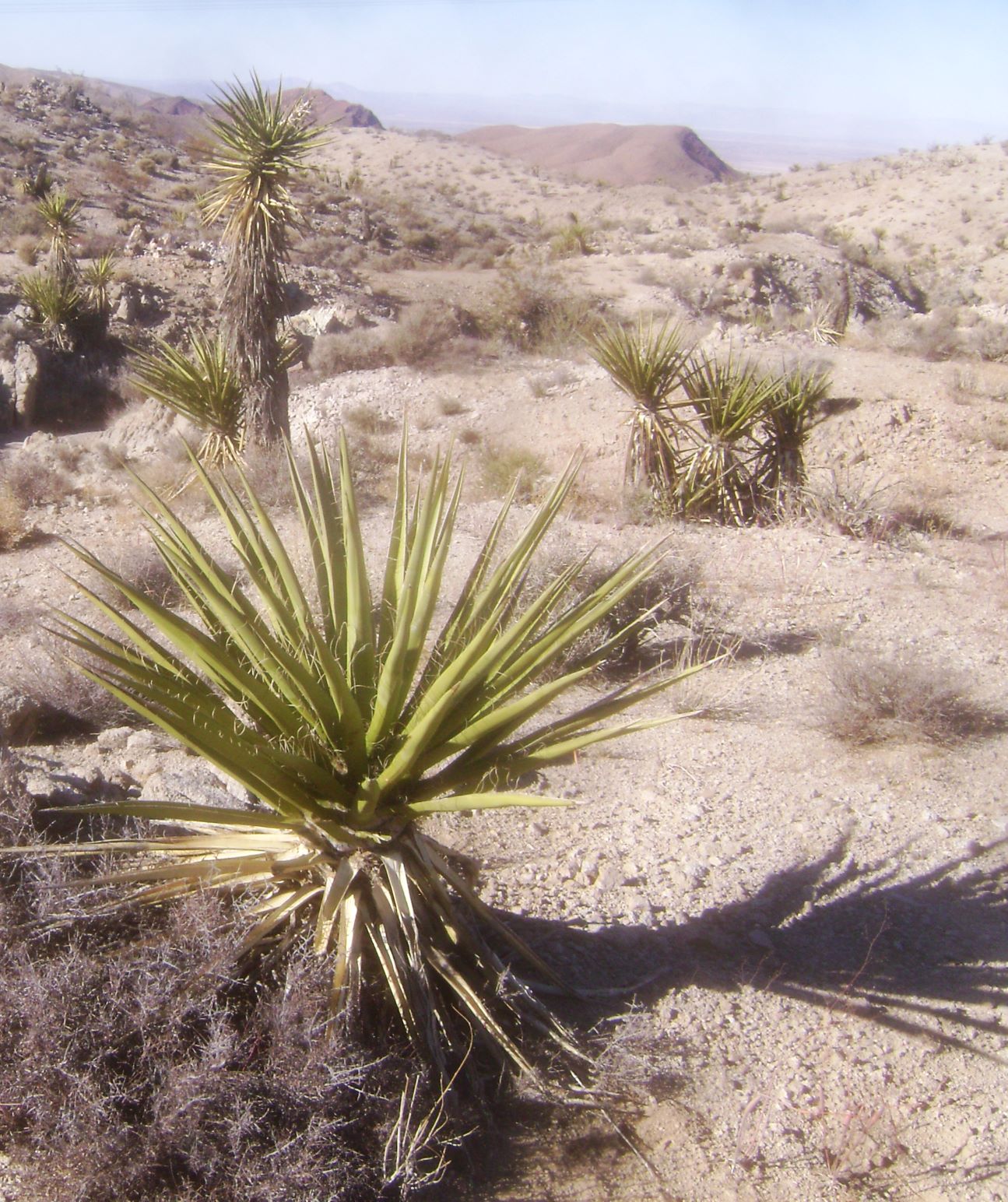
- Yucca.jpg (408.03 KiB) Viewed 1029 times
The yucca can grow as tall as 40 feet and the leaves may grow 2 feet long with sharp edges and a spike at the end of each leaf will remind you to use extreme caution in planting them near children or animals.
Yuccas are native to America and many are presently being grown throughout the U.S. as cold hardy security plants or as architectural specimens. These plants are very persistent and durable even re-sprouting from dormant stumps of plants, that were cut to the ground 10 years previously.
They are pollinated by the yucca moth, and in its absence they rarely fruit : a striking example of interdependence, since the moth, which lays its eggs during pollination and whose larvae feed on some of the developing seeds, cannot reproduce without the yucca. The leaves are usually stiff and spearlike, often with marginal threads.
The Mojave yucca, (yucca schidigera) can sprout from seeds when fertilized by the yucca moth, or can clone itself by rhizome extension producing copies of its DNA within the sprouts. Located near the Fry Mountains, this fenced Area of Critical Environmental Concern (ACEC) contains nearly yucca clone rings of yucca plants. Each ring started from a single plant possibly as far back as thousands of years ago and is a natural clone of the original. As the rootlets from the existing yucca plant sprouts and grows immediately next to it, the ring is formed over long periods of time..
4.
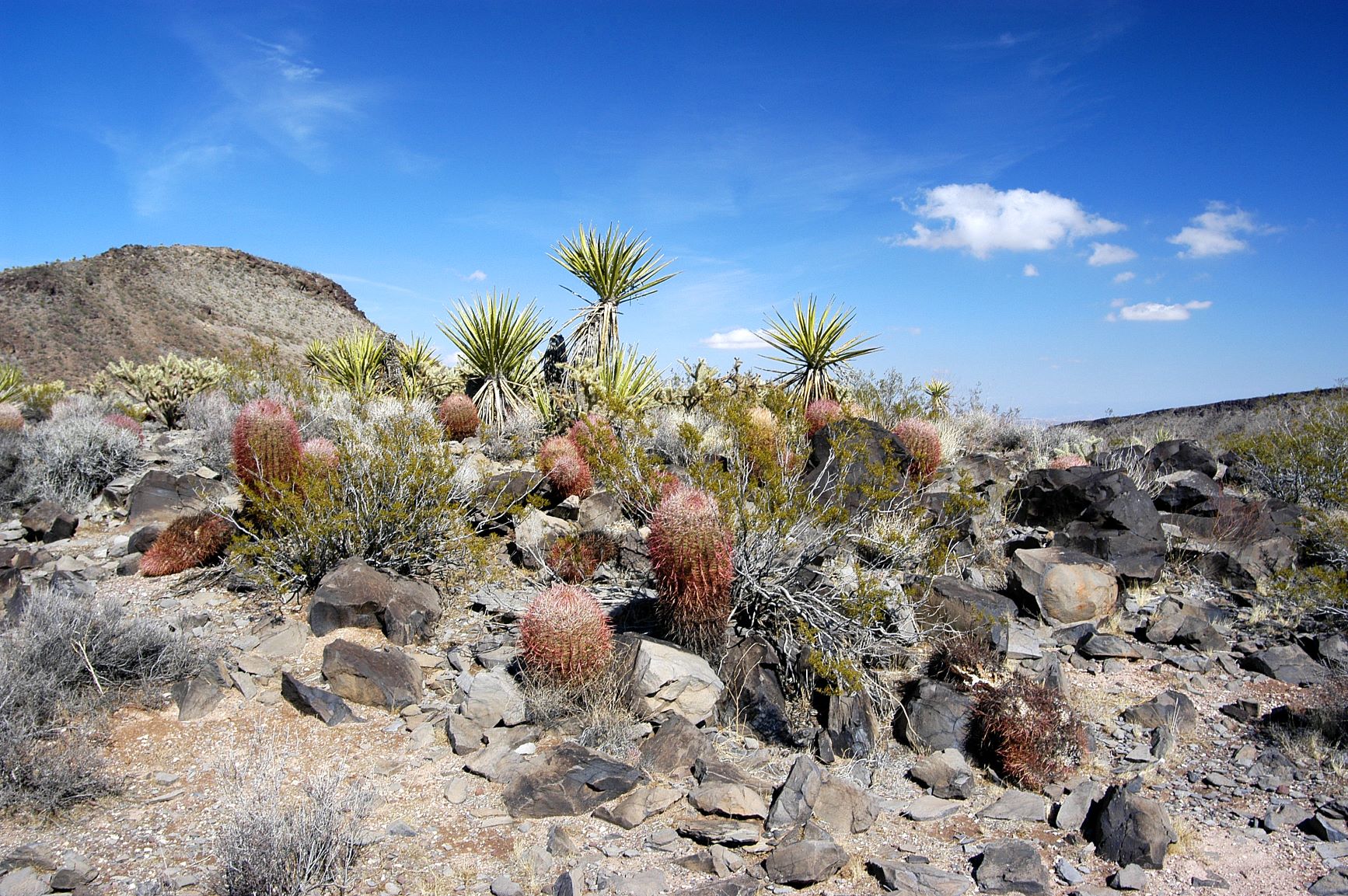
- Barrel - Yucca.JPG (550.56 KiB) Viewed 1029 times
• In some species, one or more central spines are curved like a fishhook, accounting for the common name Fishhook Barrel Cactus.
• It is covered in long, plentiful spines, which are straight and red when new and become curved and gray as they age. [5]
• Flowers appear at the top of the plant only after many years.
o Barrel cactus buds typically start to bloom in April with a bright yellow or orange flower. Pink and red varieties also exist but occur less frequently.
A common myth is that the barrel cactus is full of water. In truth, it is filled with a slimy alkaline juice that would cause a net loss of water if drunk, diarrhea, as well as potential hypothermia due to a drop in bodily core temperature
Many people mistakenly believe that the common sight of a tipped over barrel cactus is due to the cactus falling over from water weight.
Actually, barrel cacti fall over due to the fact that they grow towards the sun, just like any other plant. Unlike other plants, however, the barrel cactus usually grows towards the south (to prevent sunburn) hence the name "compass cactus."
5.
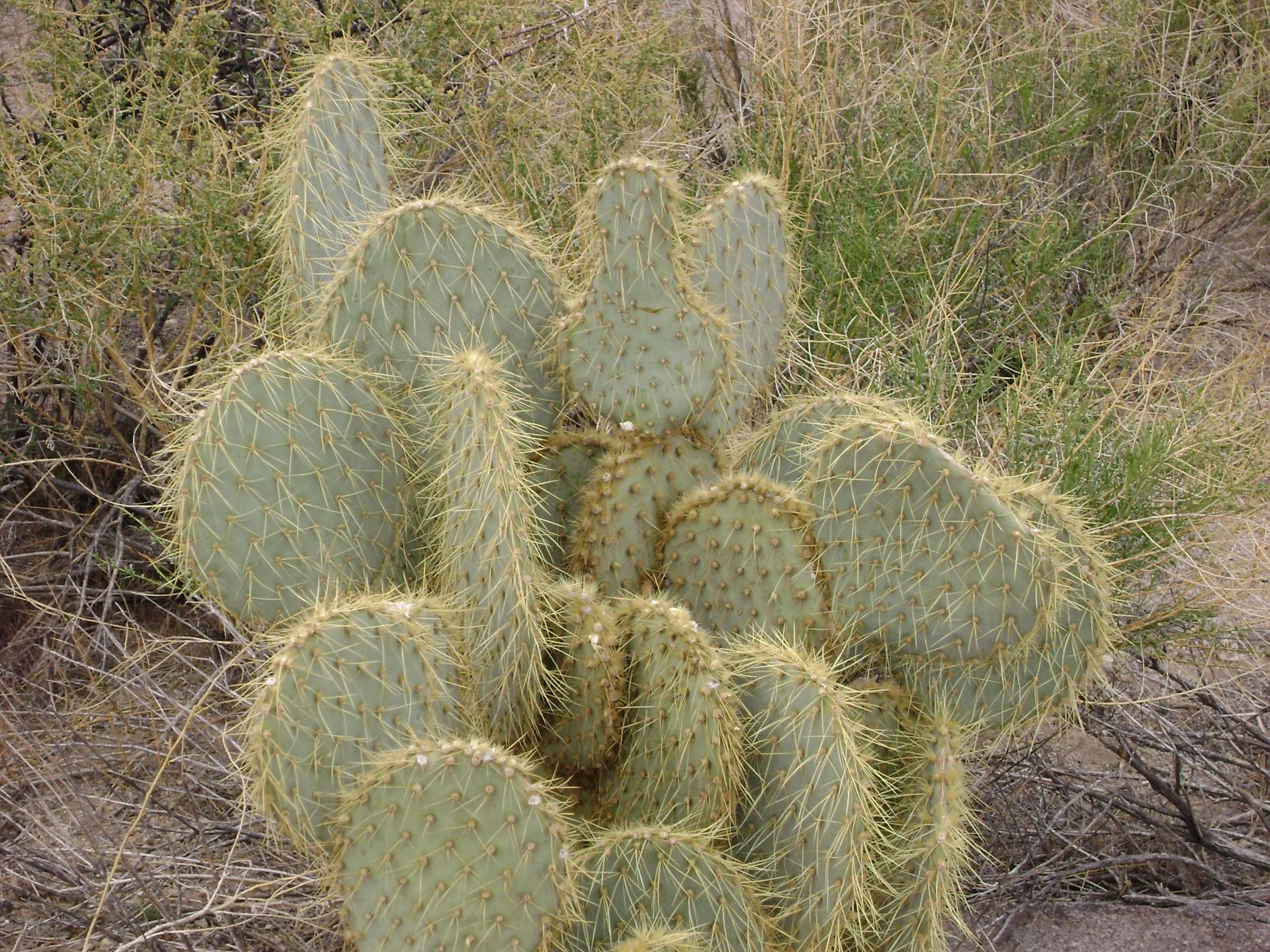
- Pancake Catus.JPG (547.58 KiB) Viewed 1029 times
It is a species of prickly pear. The pads and the fruit can be eaten.
5.
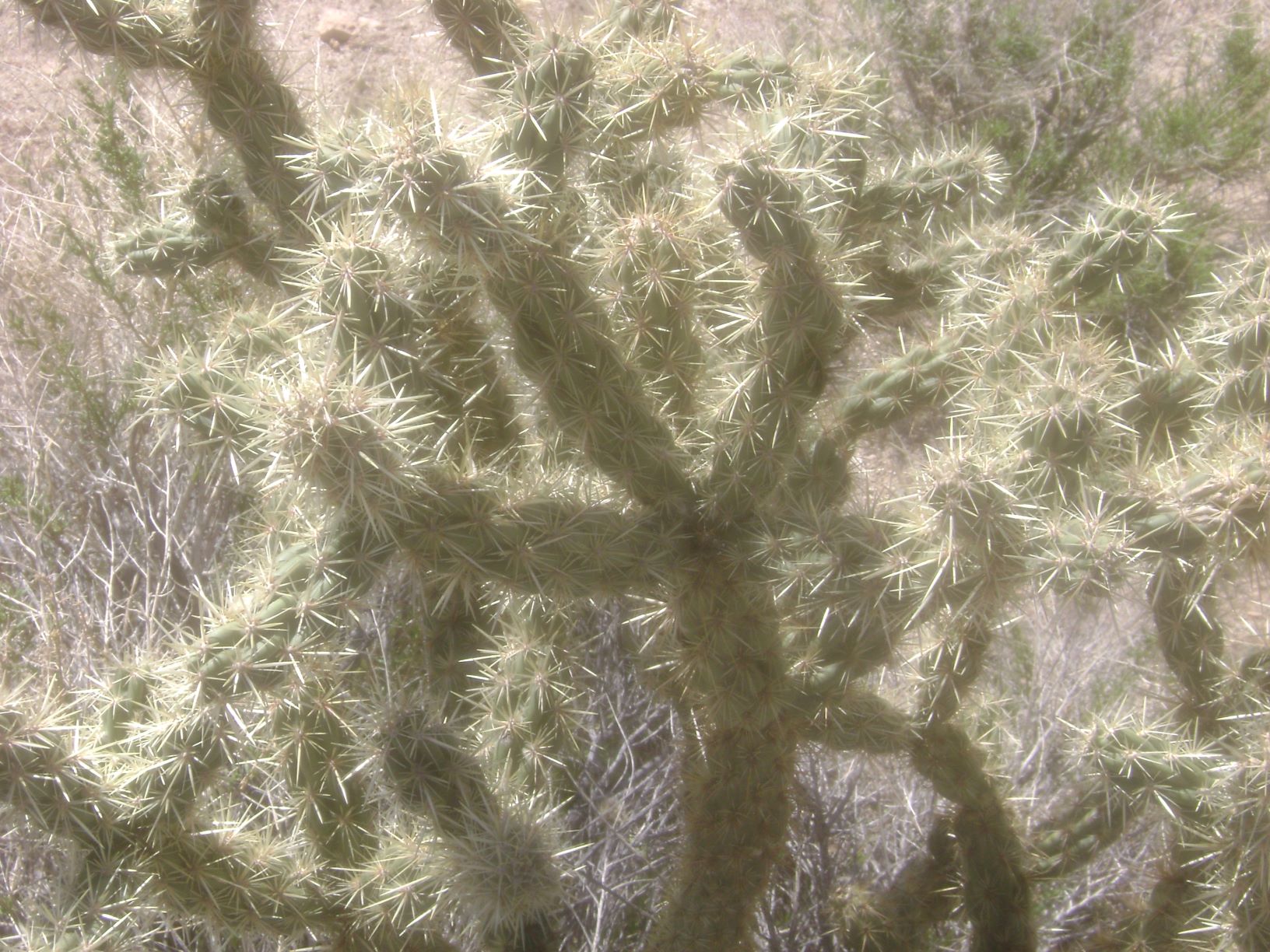
- Cholla - Buckhorn.JPG (386.72 KiB) Viewed 1029 times
7.
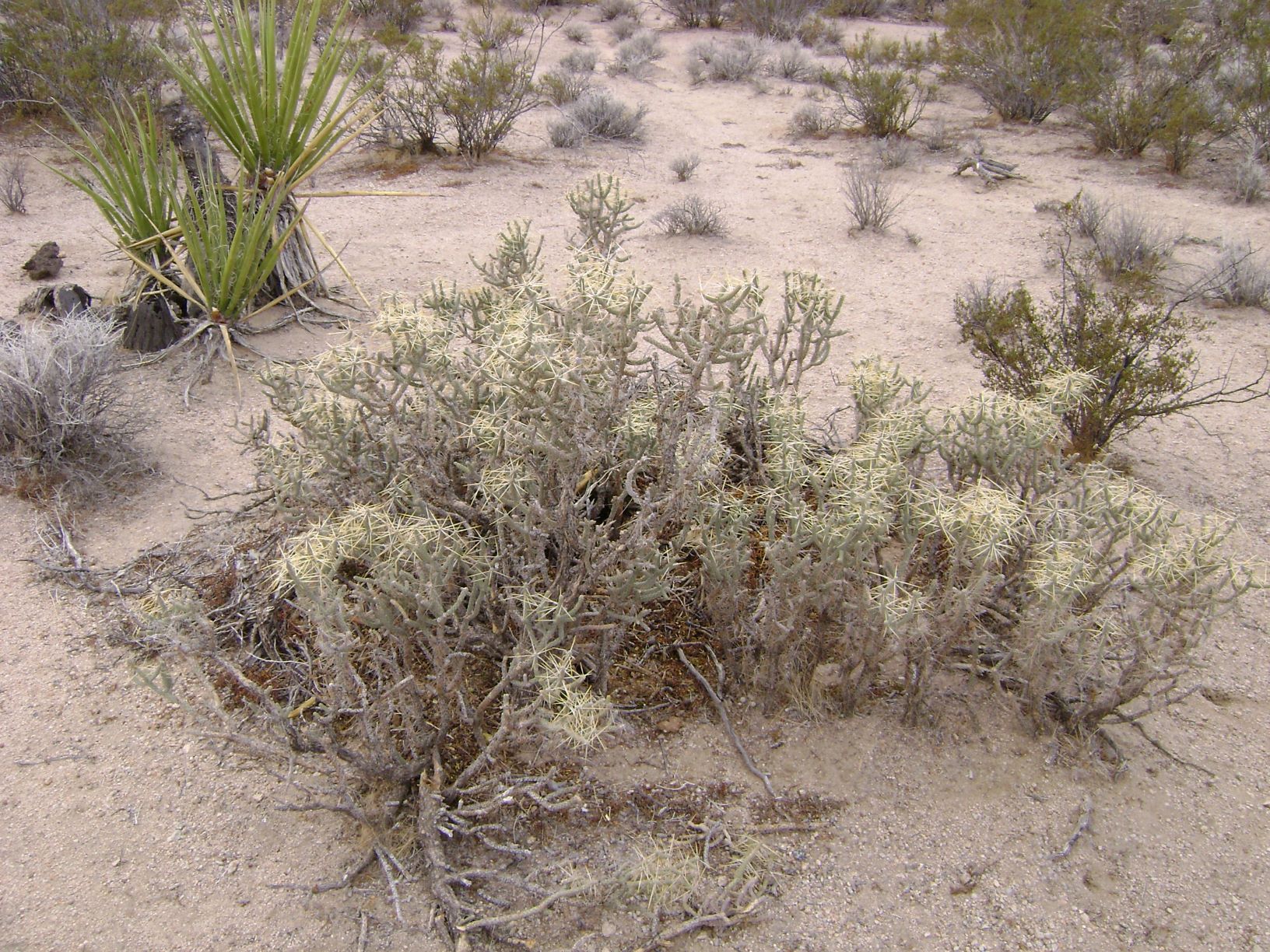
- cholla - Pencil.JPG (542.01 KiB) Viewed 1029 times
8.
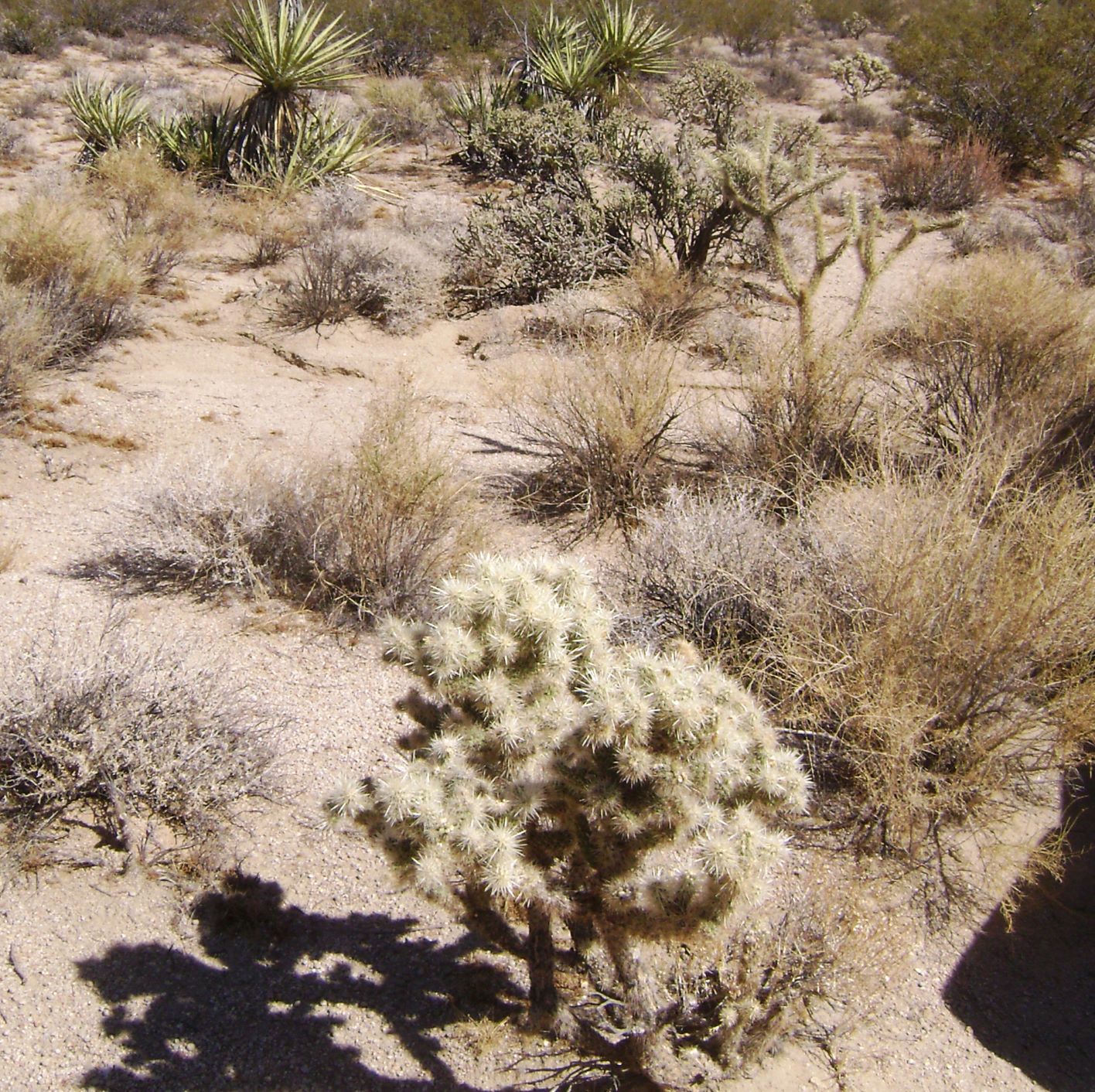
- Cholla -Teddy Bear.jpg (523.23 KiB) Viewed 1029 times
some species hardly breed at all, because their seeds are sterile. In these cases the plants rely on clonal propagation - stem segments fall to the ground and take root, so that any local population of the plant consists of genetically identical individuals, which might differ slightly from another population of the same species. The teddy bear cholla is a classic example of this - see the right-hand image above.
The teddy bear cholla is named for its furry "cuddly" appearance but is actually a densely spined plant. This dense covering of spines almost completely obscures the stem, shielding it from exposure to intense sunlight. Characteristically, the base of the plant is black or chocolate-brown in colour, where the older branches have fallen off, while the younger branches have a golden or silvery appearance, depending on the colour of the spine sheaths. The plants grow to 1-1.5 metres tall, with many short branches, which are readily detached by animals or even wind and then take root in the soil.
9.
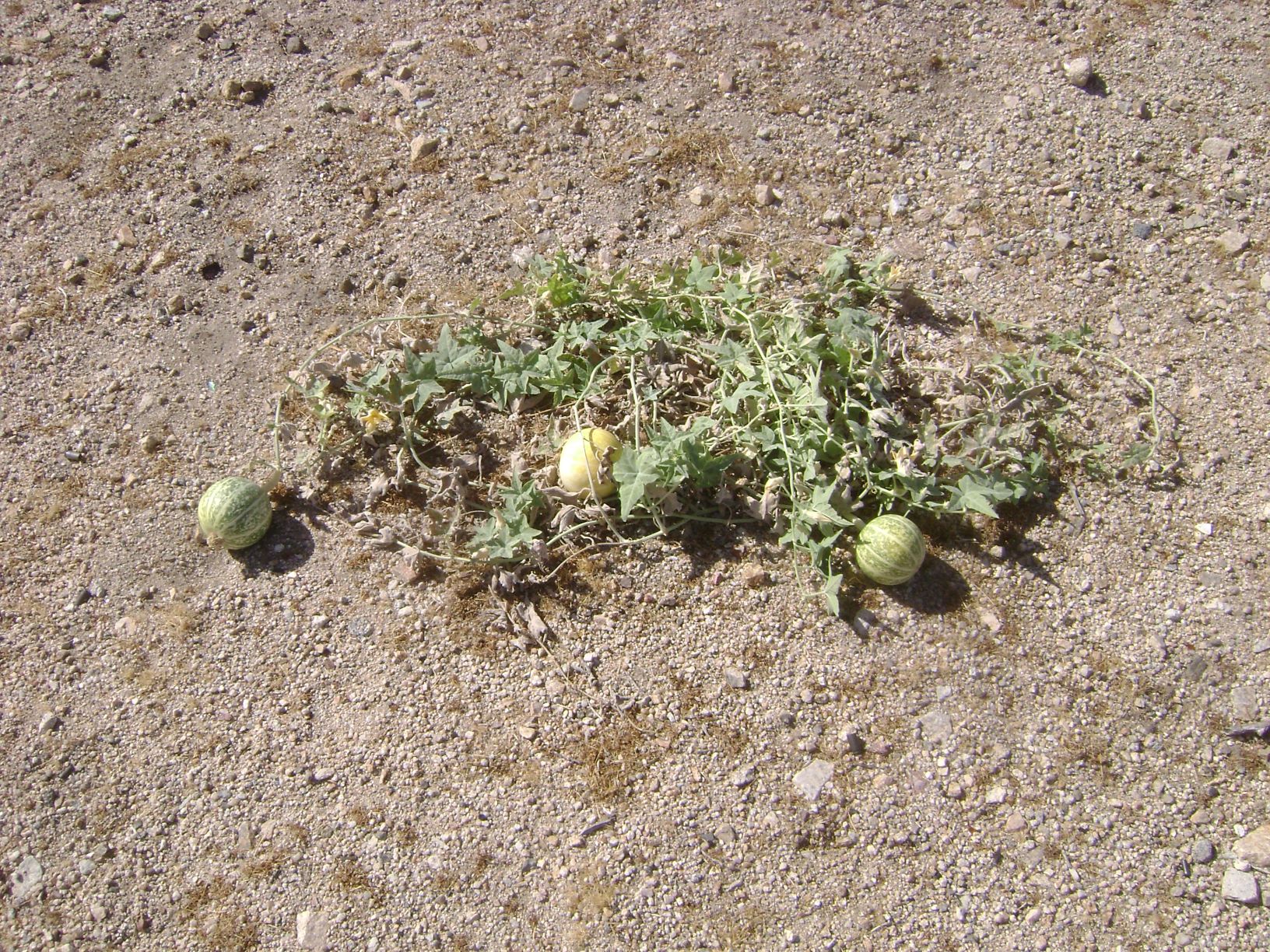
- Coyote Melon.JPG (713.54 KiB) Viewed 1029 times
• Flowering plant in the squash family known by the common names coyote melon
• Native to northeastern Baja California, southeastern California, and southwestern Arizona to a point near the Colorado River.
• Growing along the edge of washes and over rocks and shrubs, the coyote melon (Cucurbita palmata) thrives during the desert’s summer monsoon season.
• Coyote melon fruit begs to be gathered. By whom, you should ask?
• This melon will never pass your lips. The pulp (actually the placental attachment for the seeds) contains cucurbitacins, among the bitterest substances known to mankind. If you actually swallowed some of the pulp, the emetic action would thoroughly and for days cleanse your digestive tract.
• For all this, Indians did roast and eat the highly nutritional oily seeds after carefully cleaning them of pulp. The Indians attribute coyote, “the trickster”, with giving these melons a bitter flavor while providing edible seeds.
10.
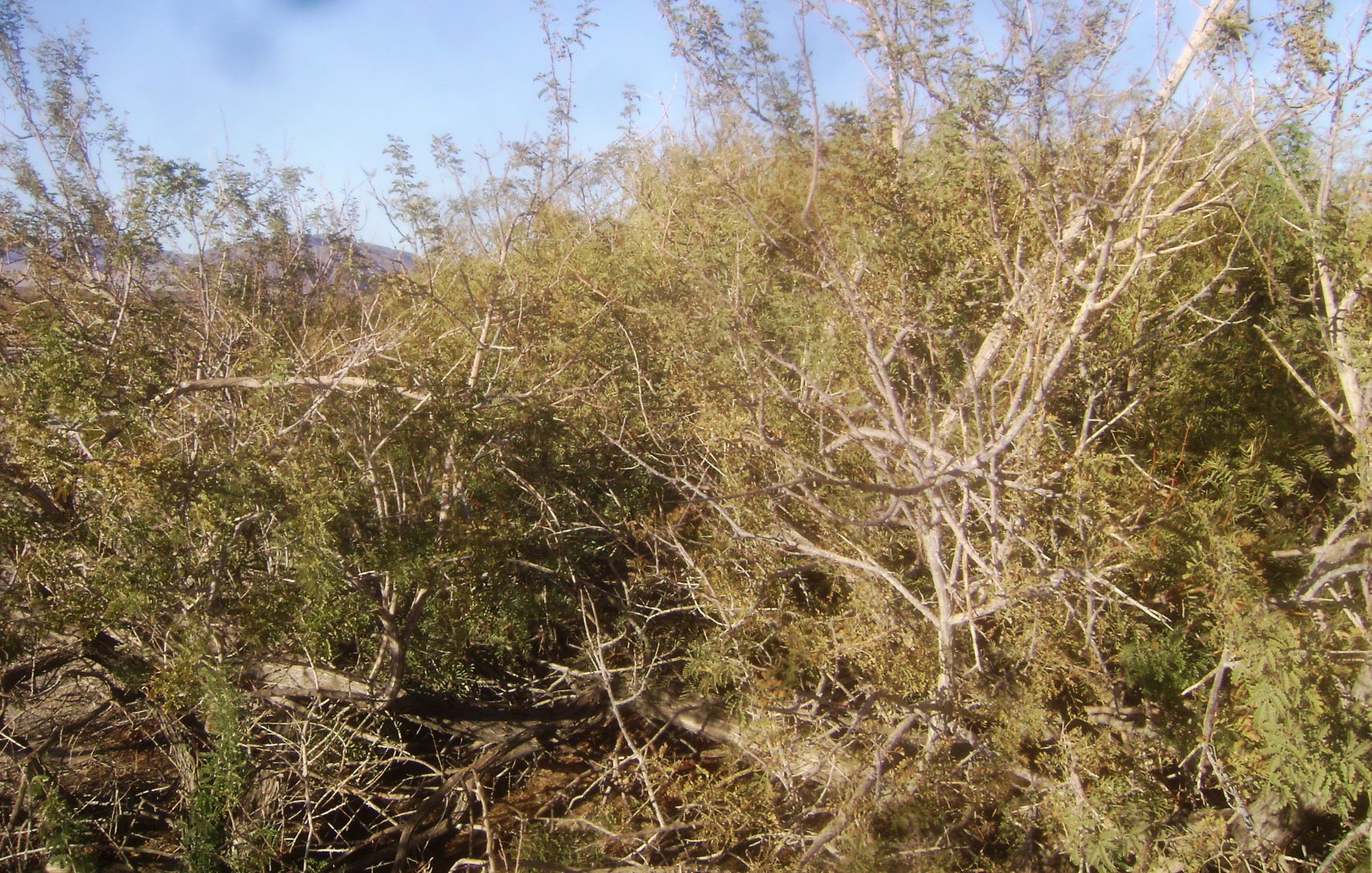
- Catclaw.jpg (556.29 KiB) Viewed 1029 times
11.
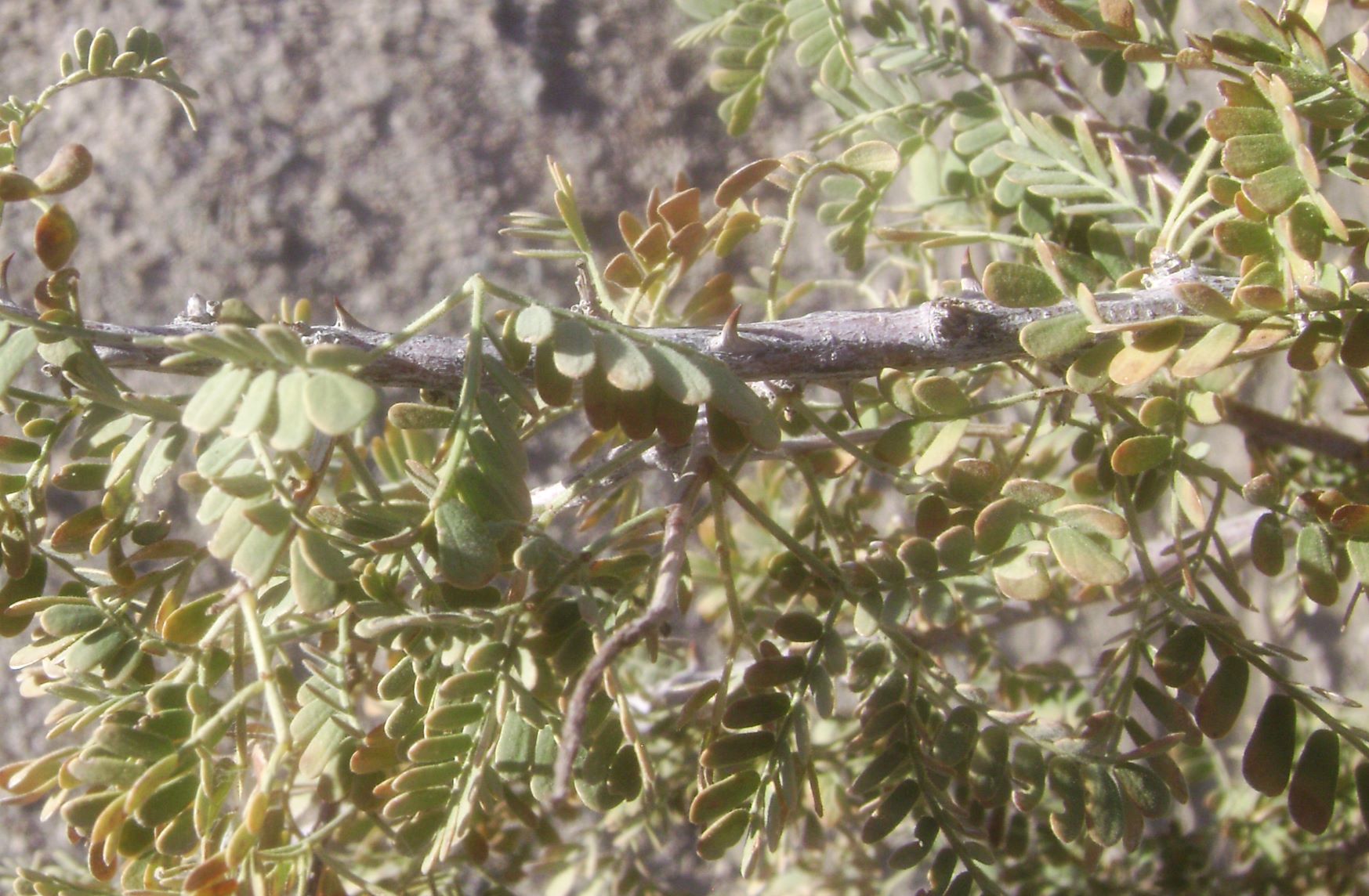
- Catclaw up close.jpg (297.85 KiB) Viewed 1029 times
names mostly come from the fact that the tree has numerous hooked prickles with the shape and size of a cat's claw, that tend to hook onto passers-by; the hooked person must stop ("wait a minute") to remove the prickles carefully to avoid injury or shredded clothing.
12.
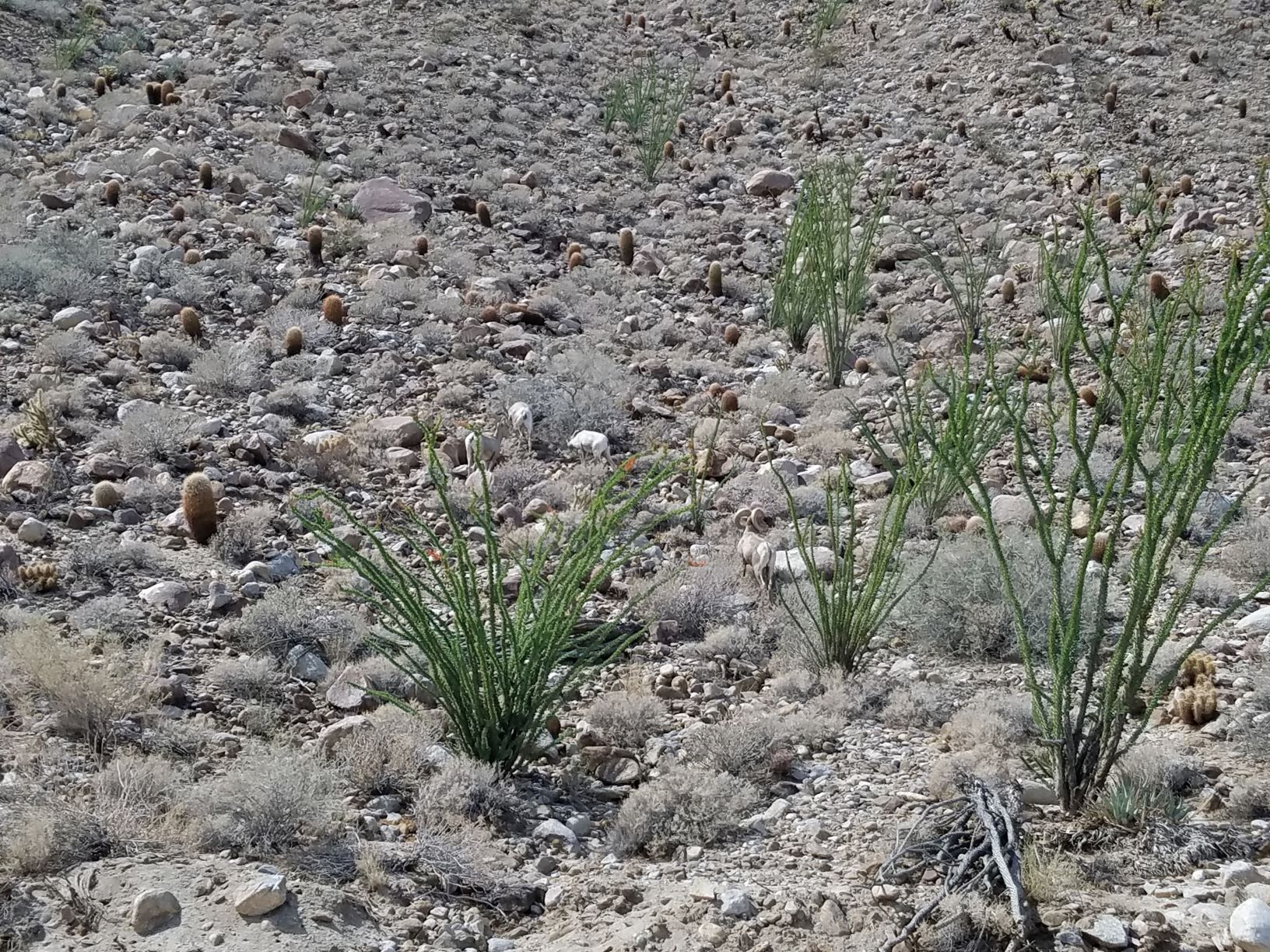
- Ocotillo.jpg (657.37 KiB) Viewed 1029 times
Ocotillos are named after the cluster of fiery red flowers you can find at the end of their stems from about March to June.In Spanish it means "little torch".
13.
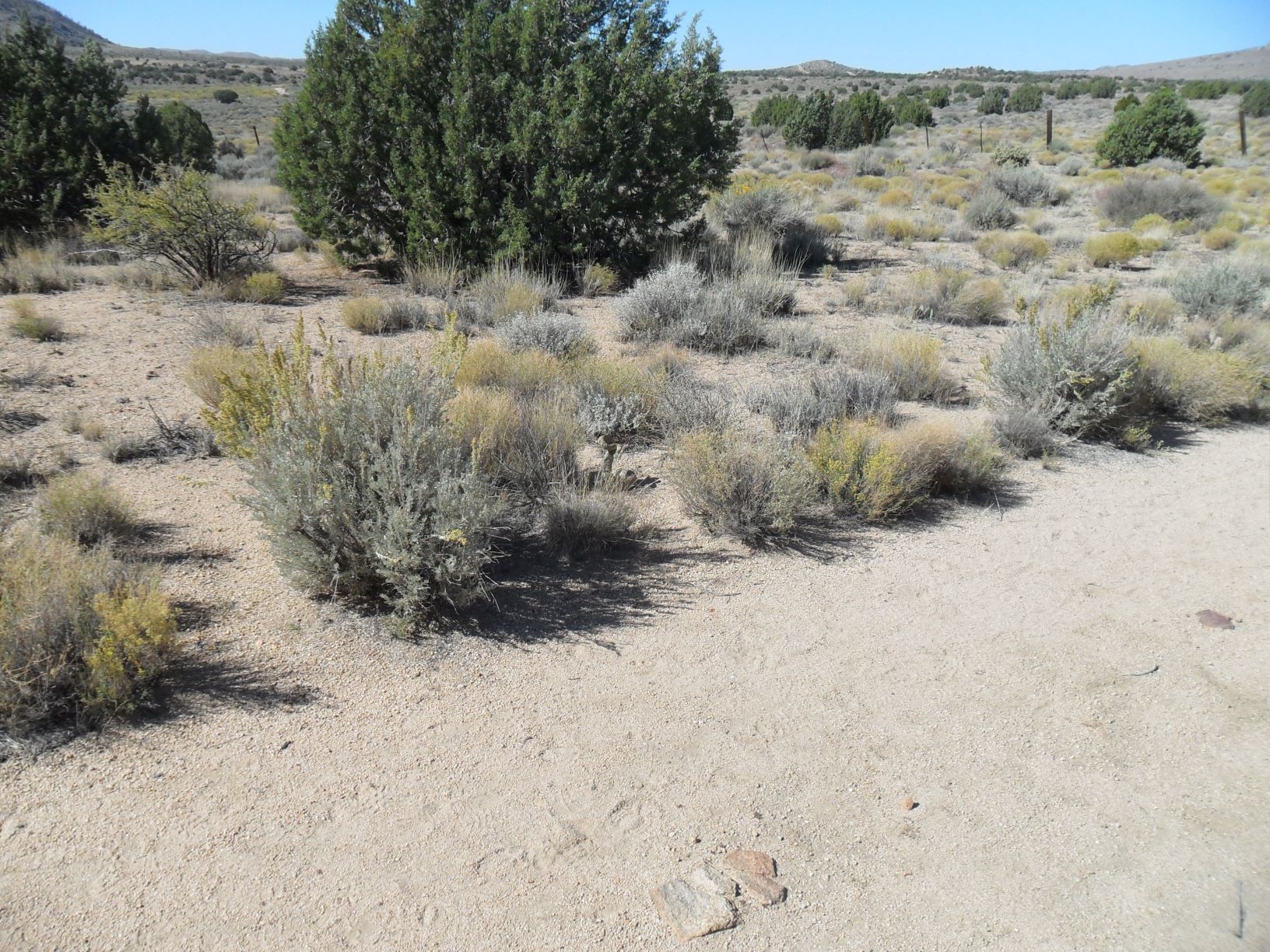
- Juniper.JPG (517.47 KiB) Viewed 1029 times
Juniper berries are found on the evergreen juniper shrub, which grows widely throughout the Northern Hemisphere. New berries appear on mature trees in the fall, and by spring they ripen to blue. Because the berries take between two to three years to fully ripen, the same plant can have unripe green and ripe blue berries at the same time. In addition to their use in herbology, the berries are used as a flavoring agent in gin and luncheon meats. The berries’ nutritional profile and volatile oil make them particularly supportive of the genitourinary system.
14.
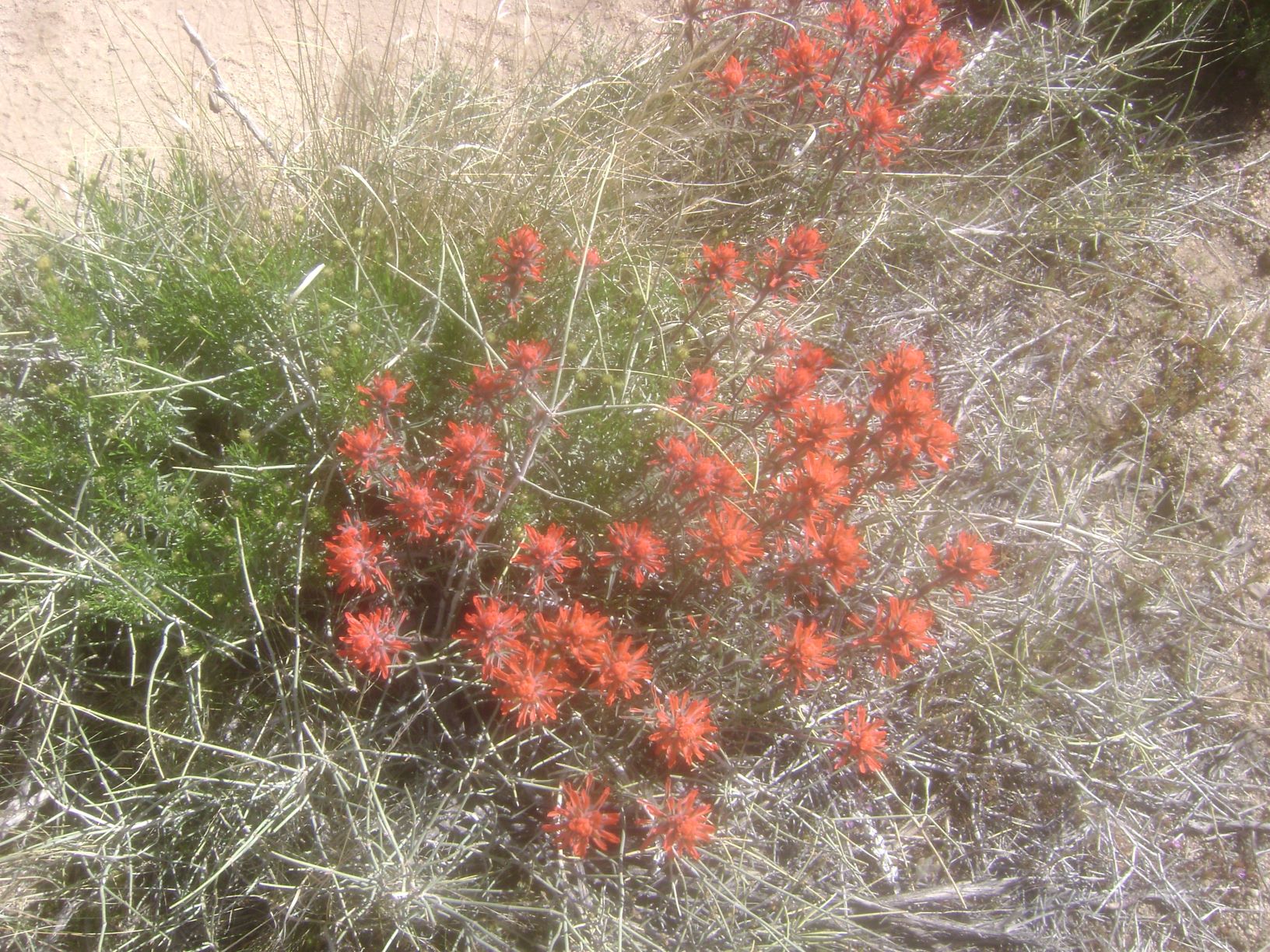
- Desert Paint Brush.JPG (536.4 KiB) Viewed 1029 times
This is the Desert Indian Paint Brush. There are reported to be 47 varieties in California and 200+ in the United States.
Indian paintbrush is parasitic plant. It uses specially designed tubes called haustoria (modified roots) for the absorption of water and nutrients from the roots of nearby, host plants.
Native Americans used flowers as condiment, in treatment of rheumatism and to boost their immune system, to improve quality and gloss of the hair, and as a source of dyes.